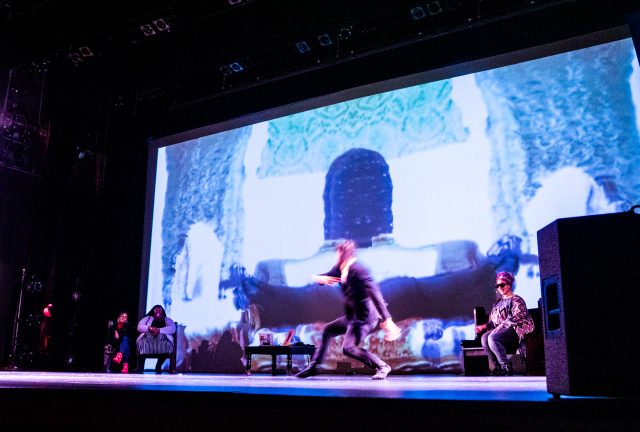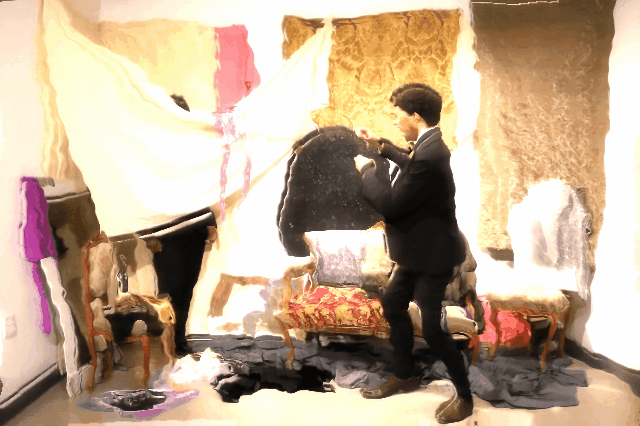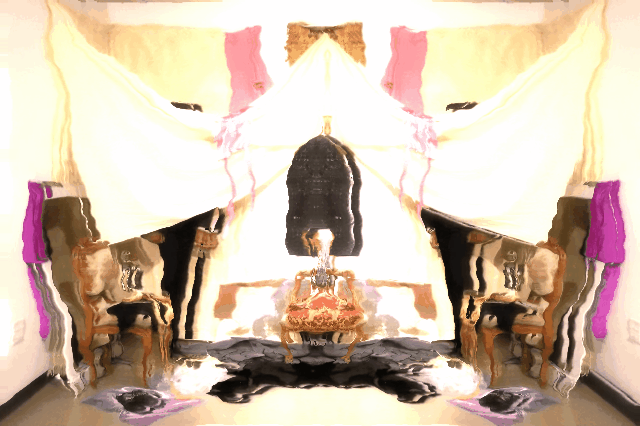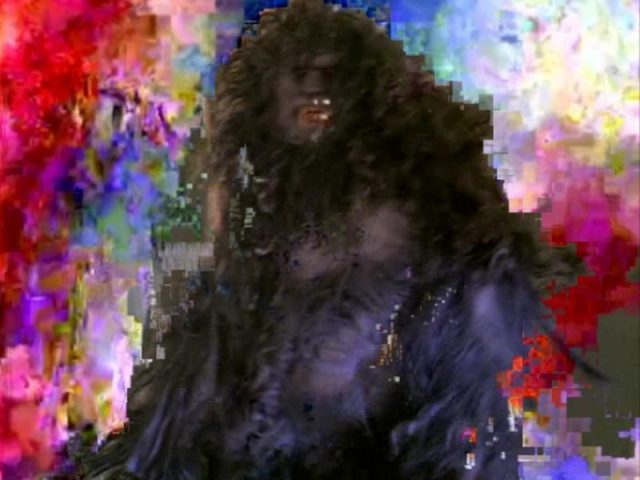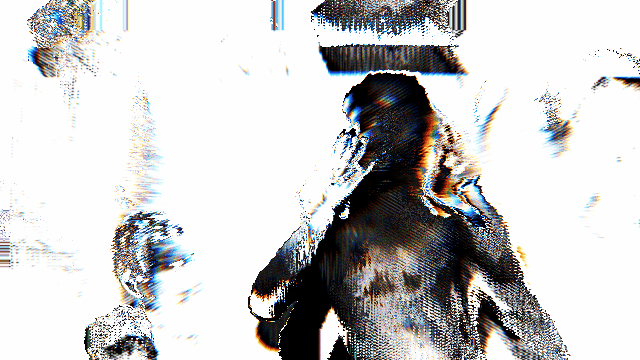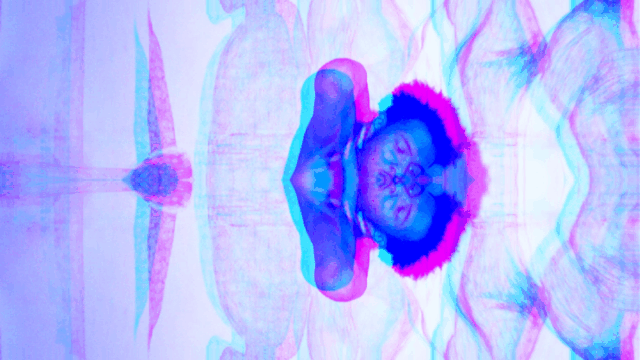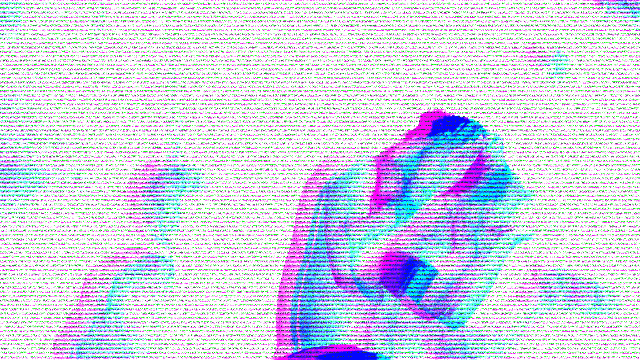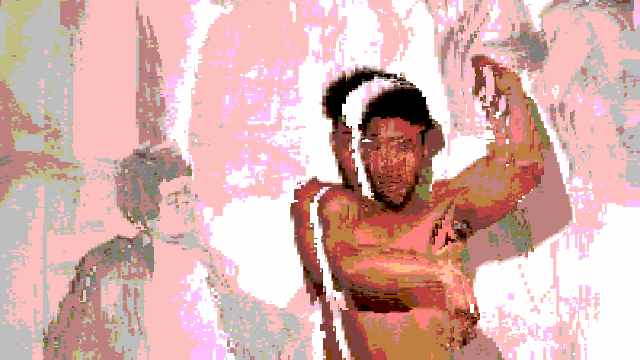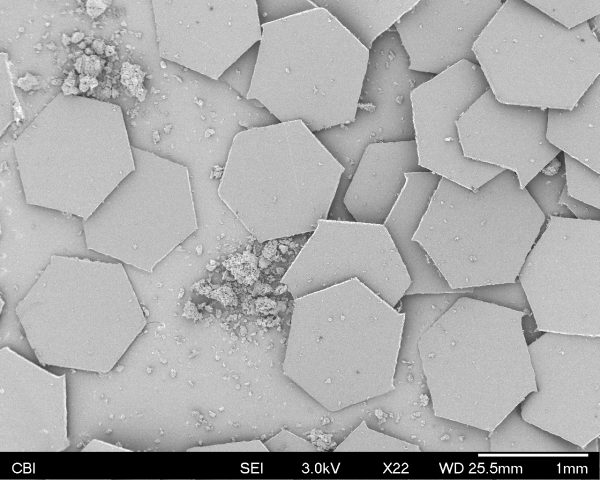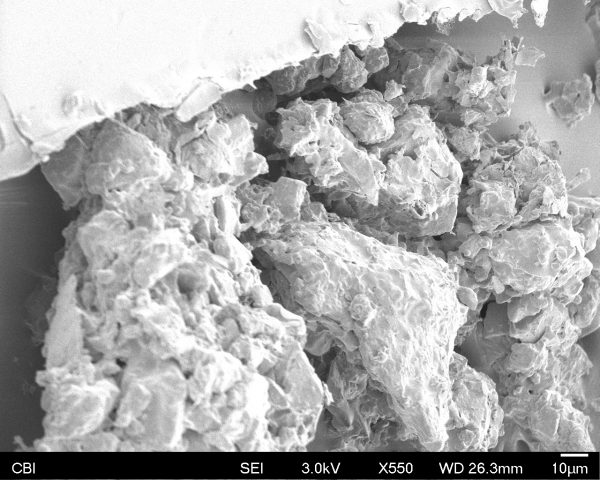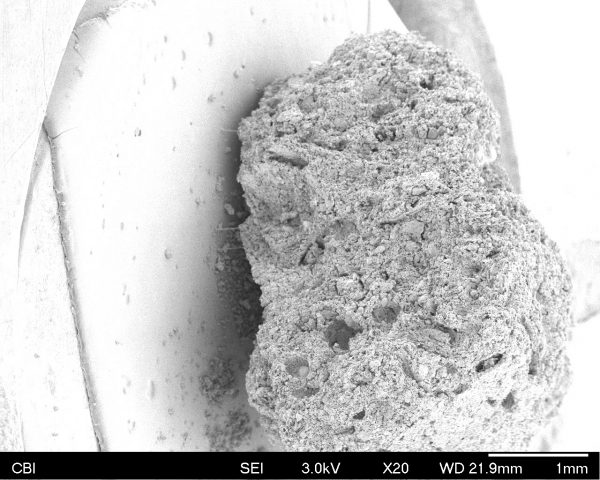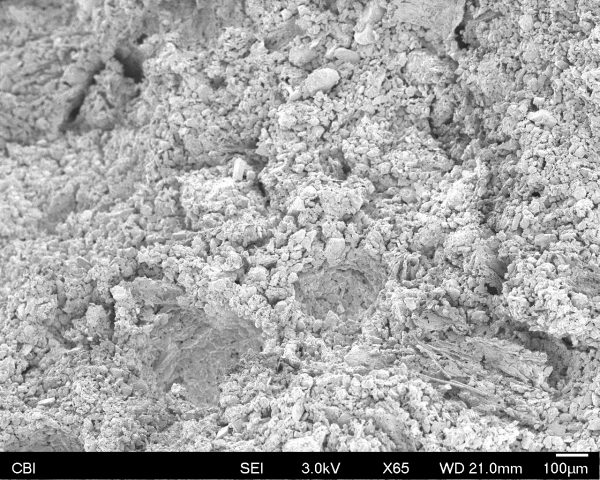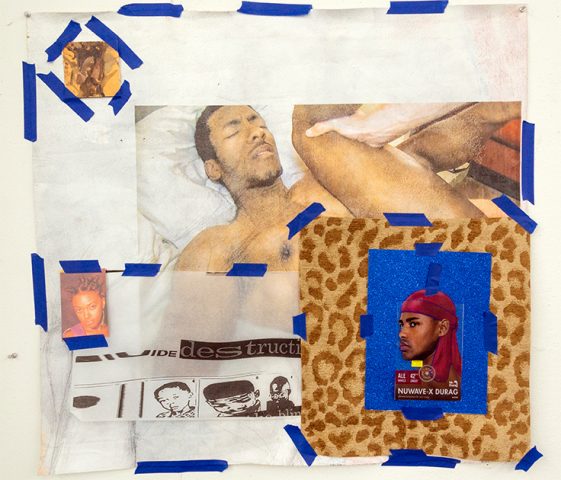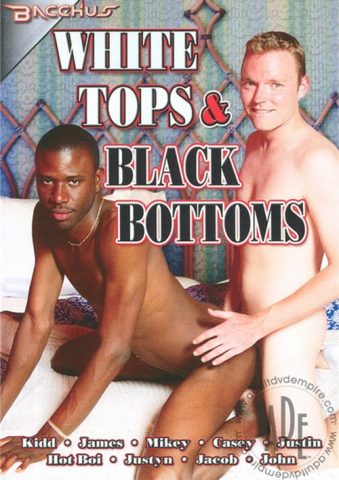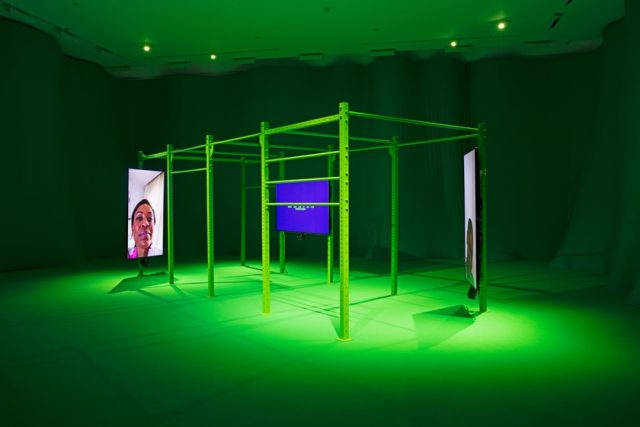My project is video work that meshes together audio and visual techniques. Using footage for a high-speed camera, I can achieve a slow-pacing element to the fast-paced movement. The visuals are accompanied by audio that is sourced from my archive. The video acts as an intimate self-portrait.
I was interested in furthering my process from a previous research path in my vogue performance. However, I have discovered a new version of performance within this vignette. The idea of breaking down movement is excellent for studying. I believe that I have created a sort of intimacy through a form of dance that is channeled through intensity.
This work will live in my archive and be further built into expansive projects. I don’t believe this is something I want to exhibit. it feels very personal, and I need to protect that safe space.
“assembly” Rashaad Newsome
I succeeded in experimenting and teasing out a single subject and idea. I believe I have unlocked a new potential in my media exploration. However, I think as I learn more techniques, more choreographed elements will nurture the dynamic narrative. Refinement is going to be an exciting challenge moving forward.
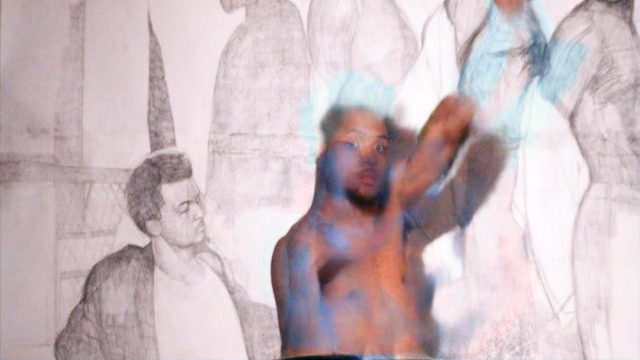
Inspiration + Connection
KELLY STRAYHORN FAIL-SAFE (11.11.22)


